Introducción
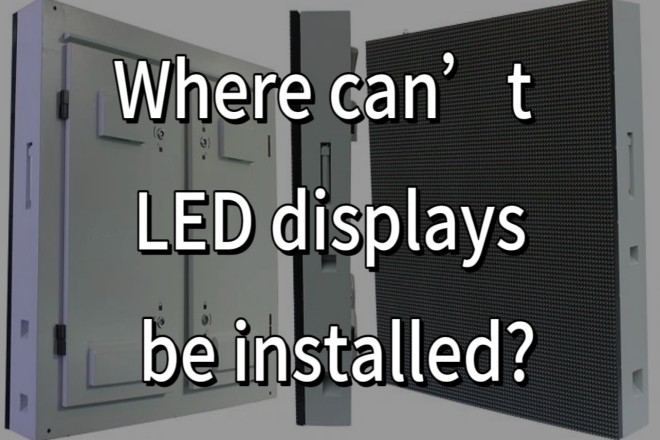
pantallas LEDCon sus excelentes efectos de visualización y flexibilidad, se han convertido en un componente indispensable de la difusión de información moderna. Sin embargo, la correcta elección de la ubicación de instalación es esencial para maximizar su rendimiento, garantizar la seguridad y reducir los costes de mantenimiento.
Este artículo tiene como objetivo explorar en profundidad aquellas áreas que no son adecuadas para la instalación de pantallas LED y proporcionar una guía de referencia práctica para la práctica de la industria.
1. Las áreas restringidas por políticas no son adecuadas para la instalación.
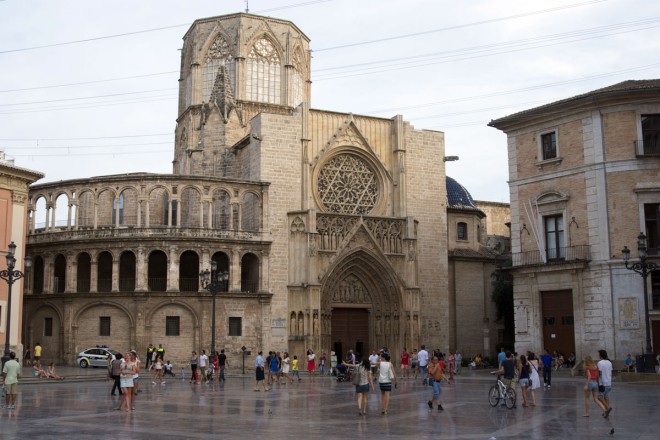
Cuando paseas por una ciudad antigua llena de encanto histórico, de repente, aparece ante ti una enorme pantalla LED con anuncios de colores vibrantes. ¿Te sientes un poco fuera de lugar?
Esta es una razón intuitiva por la que las zonas con restricciones normativas no son aptas para la instalación de pantallas LED. A continuación, analizaremos este tema en detalle.
1) Armonía de la apariencia urbana
Cada ciudad tiene su propio encanto y estilo, especialmente aquellas con un profundo patrimonio histórico. Para mantener esta singular imagen urbana, el gobierno suele controlar estrictamente la publicidad exterior, incluidas las pantallas LED.
Piénsalo: si las calles estuvieran llenas de colorido, ¿no se perderían de vista las características de la ciudad? Por lo tanto, en zonas con restricciones políticas, instalar pantallas LED podría arruinar la belleza general de la ciudad, haciendo que la gente se sienta un poco deprimida.
2) Doble consideración de la seguridad y la protección del medio ambiente.
Aunque la pantalla LED luce bien, también es enorme. Al instalarla, hay que tener en cuenta la capacidad de carga del edificio, y debe ser resistente al viento y a la lluvia para garantizar su firmeza.
Las zonas con restricciones normativas suelen tener regulaciones estrictas sobre estos aspectos para evitar riesgos de seguridad. Además, el brillo, la frecuencia de parpadeo y el ruido durante el funcionamiento de la pantalla LED pueden generar problemas ambientales.
Por supuesto, el gobierno debe tomar medidas para proteger nuestro entorno vital de la contaminación.
3) La “línea roja” de leyes y políticas no se puede tocar.
Cada ciudad tiene sus propias normas. Respecto a la publicidad exterior, el gobierno cuenta con un conjunto de leyes y políticas detalladas.
Estas regulaciones no se limitan a una simple declaración. Aclaran dónde se puede instalar la pantalla LED, dónde no, su tamaño, su brillo al encenderla, etc.
Si no cumple las normas, se enfrentará a multas, demolición o incluso consecuencias legales más graves. Por lo tanto, al instalar pantallas LED en zonas con restricciones normativas, primero debe preguntarse: "¿Estoy infringiendo la ley al hacer esto?".
4) Respetar la historia y proteger la cultura
En algunos lugares con una larga historia y cultura, como ciudades antiguas y reliquias culturales, el gobierno será particularmente cuidadoso.
Estos lugares albergan la memoria y las historias de la ciudad y no deben ser destruidos. Instalar pantallas LED en estas zonas no solo puede dañar reliquias culturales, sino también destruir el ambiente histórico.
Por eso, para respetar la historia y proteger la cultura, las zonas con restricciones políticas a menudo dicen “no” a las pantallas LED.
2. Zonas donde el entorno no es adecuado para la instalación de pantallas LED
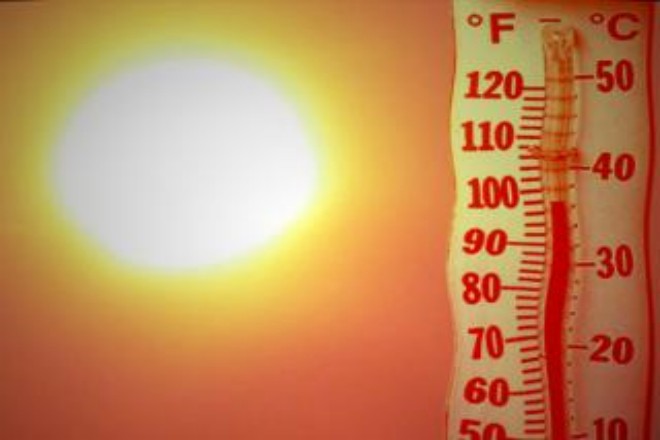
1) Rodeado de alta temperatura, alta humedad y “gases venenosos”.
Imagina que instalaste tu querida pantalla LED en un lugar cálido y húmedo, que podría estar lleno de todo tipo de gases extraños. ¡Qué mal!
- Alta temperatura y alta humedad:
Es como meterte en un sauna. ¿Lo soportas? ¡Las piezas pequeñas de la pantalla LED tampoco! Acelerarán el envejecimiento, la degradación del rendimiento y podrían "fallar" algún día. Además, con alta humedad, el vapor de agua puede penetrar, provocando cortocircuitos o una visualización anormal.
Pero también hay algunas cosas que tener en cuenta aquí; es decir, la habitación de alta temperatura se refiere a un lugar que a menudo alcanza alrededor de 55 grados Celsius.
Si la temperatura es de aproximadamente 40 grados, se puede instalar, ya que la pantalla LED tiene un ventilador integrado e incluso puede equiparse con aire acondicionado. Solo preste atención para evitar incendios al usarla.
La pantalla LED no se puede instalar en un lugar donde la temperatura alcance aproximadamente 55 grados Celsius.
- Gas altamente corrosivo:
Esto es aún más grave, como si se le inyectara veneno a la pantalla. Estos gases pueden corroer la superficie de la pantalla y los circuitos internos, dejándola llena de agujeros, lo que no solo afecta su uso, sino que también puede causar problemas de seguridad.
2) “Cerco” de materiales inflamables y polvo
Hablemos de otro entorno, que es un lugar con muchos materiales inflamables y polvo.
- Cerca de materiales inflamables:
Esto es simplemente una "bomba de tiempo" instalada en la pantalla. Piénselo: la pantalla se calentará mientras está funcionando. Si accidentalmente enciende los materiales inflamables que estén cerca, ¡se producirá un verdadero incendio! Además, muchas normativas de seguridad no permiten instalar equipos electrónicos en estos lugares. Por la seguridad de todos, no se arriesgue.
- Entorno de polvo:
El polvo, este pequeño detalle, puede parecer discreto, pero no lo es. Se acumula en la pantalla, lo que afecta la disipación del calor y provoca que se caliente. Además, las partículas metálicas del polvo pueden provocar un cortocircuito, provocando que la pantalla se bloquee.
3) “Prueba de horneado” de la luz solar directa
- Por último, hablemos del problema de la luz solar directa.
¿Sabías que? Aunque la pantalla LED es brillante, no es resistente al sol. Si se instala bajo la luz solar directa, el efecto de la pantalla se reducirá considerablemente. La imagen se verá borrosa, como si el sol la hubiera quemado.
Además, si se expone al sol durante mucho tiempo, es posible que las perlas de la lámpara LED no lo soporten y su vida útil se acortará considerablemente.
Por lo tanto, al instalar la pantalla LED en exteriores, debe buscar un lugar sombreado o instalar un parasol para protegerla de la “prueba” del sol.
3. Las áreas estructurales e inestables no son adecuadas para la instalación.
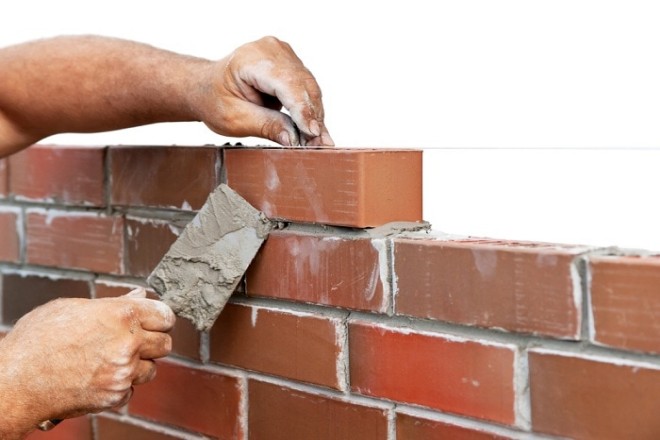
1) Ubicaciones sin estructuras de soporte estables
Imagina que sostienes un objeto pesado en la mano y quieres dejarlo firmemente, pero el entorno es blando y no hay ninguna superficie dura. Esta sensación es un verdadero dolor de cabeza, ¿verdad? Lo mismo ocurre con las pantallas LED.
- Sin soporte de pared:
Si no hay una pared estable en el lugar de instalación, ¿dónde se debe colgar la pantalla LED? No se puede dejar colgada ahí, ¿verdad? Esto no solo parece peligroso, sino que es realmente inseguro. Una ráfaga de viento o un ligero toque podrían hacerla caer, lo cual sería un gran desastre.
- Terreno irregular:
Hablemos del suelo. Si el suelo es irregular, la pantalla LED se moverá al colocarla sobre él. Si esto persiste durante mucho tiempo, la estructura interna de la pantalla podría dañarse, por no mencionar el efecto visual. Además, si se cae accidentalmente, las pérdidas serán considerables.
- Zonas con vientos fuertes:
Algunos lugares tienen vientos particularmente fuertes, como los tejados de edificios altos y los campos abiertos. Instalar pantallas LED en estos lugares es simplemente "darle alimento" al viento. Cuando sopla el viento, la pantalla puede tambalearse o incluso derribarse. ¡Qué peligroso!
2) Muros o soportes con capacidad de carga insuficiente
Además de un soporte estable, la pantalla LED también debe tener en cuenta la capacidad de carga. Al fin y al cabo, es tan pesada que no se puede colgar en ningún sitio.
- Capacidad de carga del muro:
Si desea colgar la pantalla LED en la pared, esta debe ser lo suficientemente resistente como para soportar su peso. Si no es lo suficientemente resistente, podría agrietarse y derrumbarse una vez colgada la pantalla, lo cual sería un gran problema.
- Capacidad de carga del soporte:
Algunos podrían decir: «Entonces, ¿puedo usar un soporte para sujetarlo?». Sin embargo, el soporte también debe ser capaz de soportar el peso de la pantalla. Si el soporte no soporta la carga suficiente, el resultado será el mismo. La pantalla podría caerse, o el soporte podría deformarse o romperse, lo cual representa un riesgo para la seguridad.
Por lo tanto, las zonas estructuralmente inestables no son aptas para instalar pantallas LED. No solo porque no hay un lugar donde colgarlas firmemente, sino también porque estos lugares podrían no soportar suficiente peso, lo que supone un grave riesgo para la seguridad.
Antes de instalar la pantalla LED, debe examinar cuidadosamente la estabilidad estructural y la capacidad de carga del lugar de instalación para garantizar que no haya margen de error. ¡No se cause problemas ni pérdidas innecesarias a sí mismo ni a los demás por negligencia momentánea!
4. Las áreas con suministro eléctrico insuficiente no son adecuadas para la instalación.
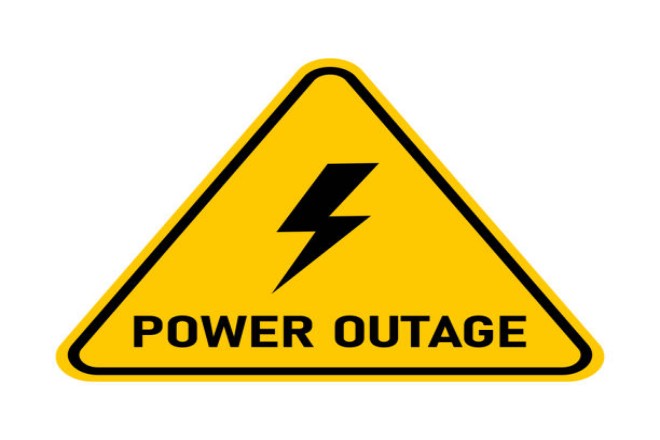
1) Lugares sin suministro eléctrico estable: la pesadilla de las pantallas LED
Las pantallas LED son como "tigres eléctricos" y requieren una fuente de alimentación estable para garantizar su correcto funcionamiento. Si no hay una fuente de alimentación estable en el lugar de instalación, es una auténtica pesadilla para la pantalla.
- Fluctuación excesiva de voltaje:
La fluctuación de voltaje es una manifestación común de una fuente de alimentación inestable. En las pantallas LED, una fluctuación excesiva de voltaje es un gran problema. Puede provocar que la pantalla parpadee, como si estuviera jugando con el parpadeo, lo que afecta gravemente la experiencia de visualización.
Lo que es más grave es que las fluctuaciones de voltaje a largo plazo también pueden causar daños a los componentes internos de la pantalla y acortar su vida útil.
- Cortes de energía frecuentes:
En algunas zonas con suministro eléctrico inestable, los cortes de luz frecuentes también son habituales. Esto supone, sin duda, un gran reto para las pantallas LED que requieren un suministro de energía continuo. Cada corte de luz puede provocar que la pantalla se reinicie, lo que no solo afecta la experiencia de visualización, sino que también puede dañar el sistema de circuitos de la pantalla.
2) Zonas con líneas eléctricas complejas o cableado difícil:
Además de la estabilidad del suministro de energía, la complejidad de las líneas eléctricas y la dificultad del cableado también son factores importantes a tener en cuenta al instalar pantallas LED.
- Construcción difícil:
Las líneas complejas dificultan la construcción y obligan a dar vueltas y vueltas, como si se caminara por un laberinto. Esto no solo requiere mucho tiempo y mano de obra, sino que también puede generar riesgos de seguridad debido a problemas en la línea. Si la línea se corta un día, las consecuencias serán inimaginables.
- Mantenimiento difícil:
La complejidad de la línea eléctrica también afectará el mantenimiento posterior. Si la línea es demasiado compleja o de difícil acceso, se presentarán grandes dificultades para el mantenimiento diario o la resolución de problemas. Esto no solo aumentará el costo del mantenimiento, sino que también provocará fallas o daños en la pantalla debido a un mantenimiento inoportuno.
5. Las áreas con difícil mantenimiento no son adecuadas para la instalación.
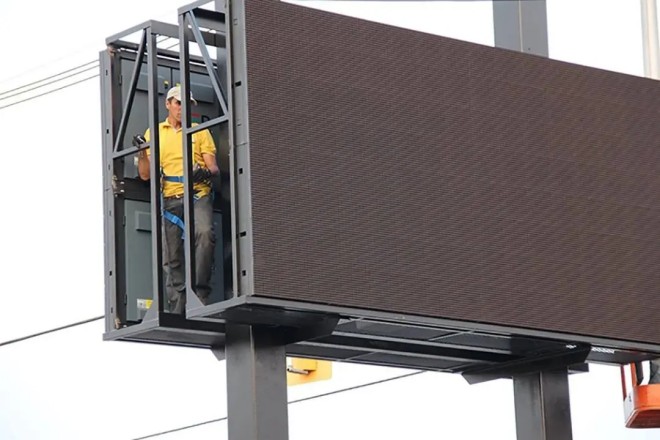
1) Ubicaciones de difícil acceso u operación:
Algunos lugares parecen buenos, pero una vez que necesitan mantenimiento, se convierten en una “pesadilla” para el personal de mantenimiento.
- Ubicación a gran altitud:
Piénselo: si la pantalla LED se instala a gran altura, ¿cuánto esfuerzo requerirá su mantenimiento? Subir y bajar para realizar el mantenimiento no solo es agotador, sino también peligroso. Si un día hay viento fuerte o el personal de mantenimiento resbala, será un gran problema.
- Espacio estrecho:
Además, estos espacios estrechos también son puntos ciegos para el mantenimiento. La pantalla está instalada, pero el personal de mantenimiento no puede entrar ni moverse después de entrar. Por lo tanto, el mantenimiento diario se convierte en un gran problema y es difícil detectar y solucionar a tiempo los problemas con la pantalla.
- Zonas concurridas:
Los lugares con alta densidad de población no son adecuados para instalar pantallas. ¿Por qué? Debido a la gran afluencia de personas, el personal de mantenimiento tiene que apiñarse para inspeccionar, lo cual resulta ineficiente y puede causar accidentes que afecten la seguridad debido a la gran cantidad de personas.
2) Lugares sin buenas condiciones de ventilación y drenaje:
Además de la difícil ubicación para el mantenimiento, las condiciones de ventilación y drenaje también son factores importantes que afectan la vida útil del exhibidor.
- Mala ventilación:
Las pantallas LED generan mucho calor durante su funcionamiento. Si la ventilación es deficiente, el calor será difícil de disipar, lo que provocará una temperatura excesiva en la pantalla. A largo plazo, los componentes de la pantalla podrían dañarse por sobrecalentamiento, acortando su vida útil.
- Mal drenaje:
Hablemos del problema del drenaje. Si el lugar de instalación tiene un drenaje deficiente, con la lluvia o cualquier otra fuente de agua, podría acumularse. Esta acumulación no solo afectará el funcionamiento normal de la pantalla, sino que también podría causar riesgos de seguridad, como cortocircuitos debido a la humedad.
6. Otras áreas especiales no son adecuadas para la instalación.
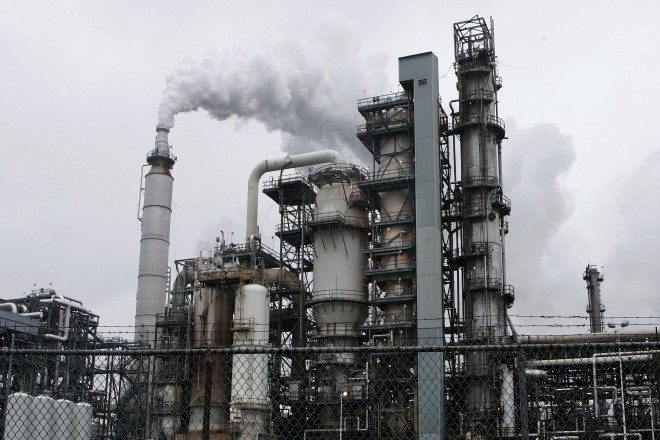
1) Plantas químicas, centrales eléctricas y refinerías:
Cuando se trata de plantas químicas, centrales eléctricas y refinerías, lo primero que viene a la mente son varios factores peligrosos.
Así es, estos lugares, por la naturaleza especial de su producción o almacenamiento, suelen tener factores peligrosos como elementos inflamables, explosivos y gases corrosivos.
- Artículos inflamables y explosivos:
Piénselo: aunque la pantalla LED no produce chispas, sería peligroso si se produce una situación inesperada, como un cortocircuito. En estos casos, una pequeña chispa podría causar una gran explosión, con consecuencias desastrosas.
- Gases corrosivos:
También existen gases corrosivos, que representan una gran amenaza para las pantallas LED. Estos gases pueden corroer la carcasa, los circuitos y otros componentes de la pantalla, provocando un mal funcionamiento o incluso daños en la misma.
Por lo tanto, estos lugares no son adecuados para instalar pantallas LED. Debemos priorizar la seguridad y no bromear sobre la vida y la propiedad.
Conclusión
En resumen, seleccionar cuidadosamente la ubicación de instalación de la pantalla LED requiere considerar cuidadosamente la adaptabilidad ambiental, las normas de seguridad y los requisitos de operación y mantenimiento a largo plazo.
Evitar zonas inadecuadas es la clave para garantizar el funcionamiento estable de la pantalla, prolongar su vida útil y mantener la seguridad pública.
Finalmente, si quieres saber más sobre las pantallas LED, Por favor póngase en contacto con nosotros.
